Like most people around the world, I am spending today at home. The global pandemic of Coronavirus has turned daily life upside down, and we all must adapt. While we all are deeply affected, I find myself thinking a lot about students, the youth that have been separated from their amazing teachers and forced to proceed with their education virtually. As a marine biologist, I know there is no substitute for the sounds, smells, sights and feeling of the ocean. Being stuck staring at screens instead of going on field trips is an educational tragedy. But it is what it is, and I’d like to help.
My name is Colin Foord. I’m a marine biologist and together with musician J.D. McKay, we run the art-science initiative Coral Morphologic. Together, our art, research, and community-action is centered on the urban coral communities in Miami. After years of studying this ecosystem, we’ve identified surprising populations of resilient coral communities that are colonizing the human-made infrastructure along Biscayne Bay’s developed areas. We now continue to study these populations in conjunction with NOAA and the University of Miami to better understand their apparent resistance to disease, siltation from dredging, and pollution as compared to offshore natural reefs.
Like most people around the world, I am spending today at home. The global pandemic of Coronavirus has turned daily life upside down, and we all must adapt. While we all are deeply affected, I find myself thinking a lot about students, the youth that have been separated from their amazing teachers and forced to proceed with their education virtually. As a marine biologist, I know there is no substitute for the sounds, smells, sights and feeling of the ocean. Being stuck staring at screens instead of going on field trips is an educational tragedy. But it is what it is, and I’d like to help.
My name is Colin Foord. I’m a marine biologist and together with musician J.D. McKay, we run the art-science initiative Coral Morphologic. Together, our art, research, and community-action is centered on the urban coral communities in Miami. After years of studying this ecosystem, we’ve identified surprising populations of resilient coral communities that are colonizing the human-made infrastructure along Biscayne Bay’s developed areas. We now continue to study these populations in conjunction with NOAA and the University of Miami to better understand their apparent resistance to disease, siltation from dredging, and pollution as compared to offshore natural reefs.
Colin Foord (right) and J.D. McKay (left) of Coral Morphologic.
Our on-site research plan to continuously monitor one of these coral communities has culminated in the creation of our most complex artwork to date, the Coral City Camera (CCC). This advanced 360° live-streaming underwater camera facilitates the production of both scientifically-valuable data, and engaging multimedia projections and installations. Installed at PortMiami, the Coral City Camera provides the public with a rare glimpse of what lies beneath the surface, broadcasting stunning HD footage of parrotfish, barracudas, manatees, corals and more, in real-time online. We have already documented well over 60 different species of fish in the camera’s first two months alone!
Our original vision for the CCC was to create scientifically valuable public artwork that is unique to Miami, and to highlight our aquatic multi-species neighbors as a point of civic pride. Today, with millions of people around the planet isolated at home, we realize the CCC is more important than ever. It is a connection to the sea, a laboratory, an educational tool, and a temporary escape. It is accessible 24 hours a day for free, and we hope in some small way, it helps bring the beauty of nature into your life during these difficult times.
Our on-site research plan to continuously monitor one of these coral communities has culminated in the creation of our most complex artwork to date, the Coral City Camera (CCC). This advanced 360° live-streaming underwater camera facilitates the production of both scientifically-valuable data, and engaging multimedia projections and installations. Installed at PortMiami, the Coral City Camera provides the public with a rare glimpse of what lies beneath the surface, broadcasting stunning HD footage of parrotfish, barracudas, manatees, corals and more, in real-time online. We have already documented well over 60 different species of fish in the camera’s first two months alone!
Our original vision for the CCC was to create scientifically valuable public artwork that is unique to Miami, and to highlight our aquatic multi-species neighbors as a point of civic pride. Today, with millions of people around the planet isolated at home, we realize the CCC is more important than ever. It is a connection to the sea, a laboratory, an educational tool, and a temporary escape. It is accessible 24 hours a day for free, and we hope in some small way, it helps bring the beauty of nature into your life during these difficult times.
A look at the View into the Blue camera currently installed underwater at PortMiami.
A look at the View into the Blue camera currently installed underwater at PortMiami.
Since the Coral City Camera doesn't have audio (we're hoping to add a hydrophone after some fundraising), we thought it would be great to ask some of the musicians we know and respect and take inspiration from, to create a mix catering to the underwater vibe of the CCC that can be listened to on Soundcloud while streaming the video on Youtube from the www.coralcitycamera.com homepage or just below. We plan on releasing a new mix from a different musician or artist every Thursday. In this time of social distancing, we hope that the Coral City Camera and these eclectic mixes can offer musicians an outlet to share their musical wavelengths.
Since the Coral City Camera doesn't have audio (we're hoping to add a hydrophone after some fundraising), we thought it would be great to ask some of the musicians we know and respect and take inspiration from, to create a mix catering to the underwater vibe of the CCC that can be listened to on Soundcloud while streaming the video on Youtube from the www.coralcitycamera.com homepage or just below. We plan on releasing a new mix from a different musician or artist every Thursday. In this time of social distancing, we hope that the Coral City Camera and these eclectic mixes can offer musicians an outlet to share their musical wavelengths.
Our interest in the corals growing around PortMiami stems from the discovery of a rare hybrid fused-staghorn coral (Acropora prolifera) living inside Government Cut on Fisher Island back in 2009. I did a TEDxMIA talk in 2011 on it that can be viewed here.
When Government Cut was dredged in 2014 we organized the Miami Coral Rescue Mission in an effort to preserve corals impacted from silt and blasting. We noticed that despite being closer to the dredging operation, the 'urban corals' growing along MacArthur Causeway and Star Island proved to be a lot more resilient to the diseases, thermal bleaching, and siltation that occurred during those dredge years when compared to offshore corals. We have since worked with FIU, UM, and NOAA to study these resilient pioneering corals to try and understand how they have been able to adapt to all the human development around Miami. You can read about some of that research here and here.
Our interest in the corals growing around PortMiami stems from the discovery of a rare hybrid fused-staghorn coral (Acropora prolifera) living inside Government Cut on Fisher Island back in 2009. I did a TEDxMIA talk in 2011 on it that can be viewed here.
When Government Cut was dredged in 2014 we organized the Miami Coral Rescue Mission in an effort to preserve corals impacted from silt and blasting. We noticed that despite being closer to the dredging operation, the 'urban corals' growing along MacArthur Causeway and Star Island proved to be a lot more resilient to the diseases, thermal bleaching, and siltation that occurred during those dredge years when compared to offshore corals. We have since worked with FIU, UM, and NOAA to study these resilient pioneering corals to try and understand how they have been able to adapt to all the human development around Miami. You can read about some of that research here and here.
Installation of the Coral City Camera
In November 2019, a few days after we installed the CCC, we deployed a coral nursery frame with Dr. Ian Enoch's ACCRETE Lab from NOAA/UM. In February they transplanted 30 different fragments of brain corals (Pseudodiploria strigosa) to it; 10 from research sites on the south side of MacArthur Causeway, 10 from the north side of MacArthur Causeway, and 10 from Star Island (see timelapse here). These fragments will eventually be analyzed in the lab to determine if they have specific genes or symbionts that enable them to survive in anthropogenically-altered habitats along our shorelines here in Miami.
The next step in the coral nursery research will be done in collaboration with UM's Rescue-a-Reef coral restoration program. They will be taking fragments of endangered elkhorn (Acropora palmata) and staghorn corals (Acropora cervicornis) that are grown in their offshore nursery in Biscayne National Park, and transplanting them to the CCC nursery to see which of their coral genotypes are capable of withstanding the stresses and rigors of life near Miami, where the water quality fluctuates considerably more. By identifying the most resilient corals that they have in their nursery, it will hopefully help them concentrate their restoration efforts using the most adaptable coral strains that will continue to grow and spawn long after transplantation. We also hope to add fragments of the original hybrid Acropora prolifera from Fisher Island to generate enough clones to conduct lab research with them, as it appears that this is an unusually hardy hybrid that warrants further scientific investigation.
Expect to see more from the CCC at Miami International Airport this summer, as well as on the Greater Miami Convention and Visitors Bureau website, and elsewhere around Miami in the coming months. Beginning at the start of the next school year, we aim to get the CCC video feed into the classrooms of over 100,000 Florida students through the Everglades Foundation's educational outreach programming with the help of Bridge Initiative.
In November 2019, a few days after we installed the CCC, we deployed a coral nursery frame with Dr. Ian Enoch's ACCRETE Lab from NOAA/UM. In February they transplanted 30 different fragments of brain corals (Pseudodiploria strigosa) to it; 10 from research sites on the south side of MacArthur Causeway, 10 from the north side of MacArthur Causeway, and 10 from Star Island (see timelapse here). These fragments will eventually be analyzed in the lab to determine if they have specific genes or symbionts that enable them to survive in anthropogenically-altered habitats along our shorelines here in Miami.
The next step in the coral nursery research will be done in collaboration with UM's Rescue-a-Reef coral restoration program. They will be taking fragments of endangered elkhorn (Acropora palmata) and staghorn corals (Acropora cervicornis) that are grown in their offshore nursery in Biscayne National Park, and transplanting them to the CCC nursery to see which of their coral genotypes are capable of withstanding the stresses and rigors of life near Miami, where the water quality fluctuates considerably more. By identifying the most resilient corals that they have in their nursery, it will hopefully help them concentrate their restoration efforts using the most adaptable coral strains that will continue to grow and spawn long after transplantation. We also hope to add fragments of the original hybrid Acropora prolifera from Fisher Island to generate enough clones to conduct lab research with them, as it appears that this is an unusually hardy hybrid that warrants further scientific investigation.
Expect to see more from the CCC at Miami International Airport this summer, as well as on the Greater Miami Convention and Visitors Bureau website, and elsewhere around Miami in the coming months. Beginning at the start of the next school year, we aim to get the CCC video feed into the classrooms of over 100,000 Florida students through the Everglades Foundation's educational outreach programming with the help of Bridge Initiative.
People can watch the Coral City Camera online at www.coralcitycamera.com through YouTube. They can also follow us on Instagram, Facebook and Twitter to see some of the day's marine life highlights. It is important to note that the Coral City Camera is part of the Knight Art Challenge award winning Waterproof project from Bas Fisher Invitational and Bridge Initiative, and was awarded a National Endowment for the Arts grant. The installation video of the View into the Blue camera (the same kind featured in Netflix's Sundance Award winning 'Chasing Coral' documentary) from late October 2019 can seen here.
Waterlust X Coral Morphologic apparel collection can be found here (10% of profits from all sales go to Coral Morphologic).
Colin Foord is a marine biologist, coral aquaculturist, artist, and filmmaker educated at the University of Miami and James Cook University in Australia.
Together with musician J.D. McKay, he runs the art-science initiative Coral Morphologic.

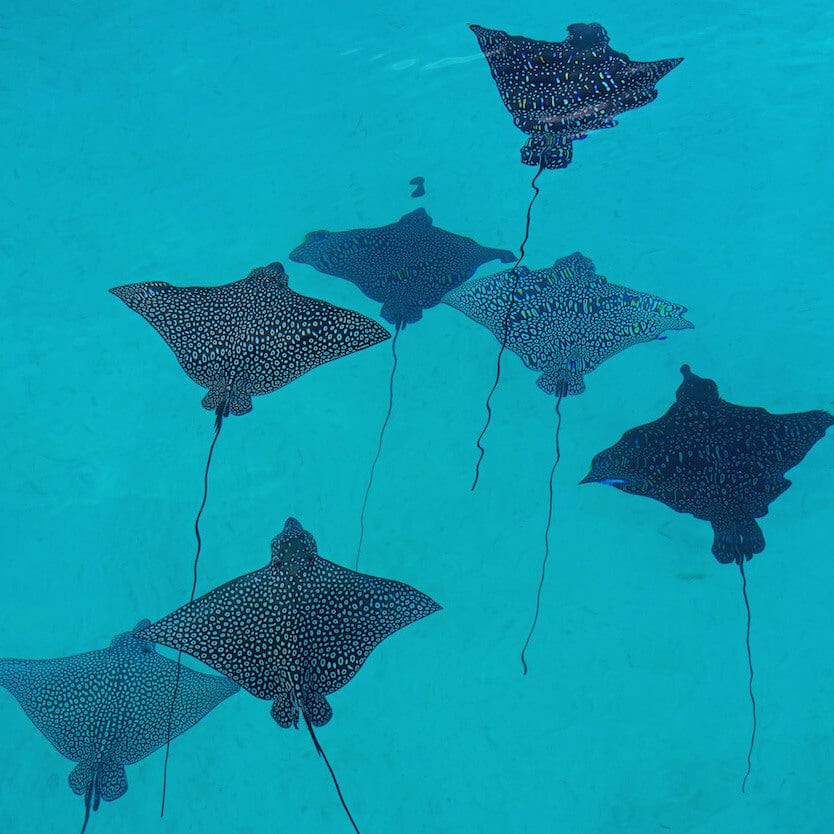
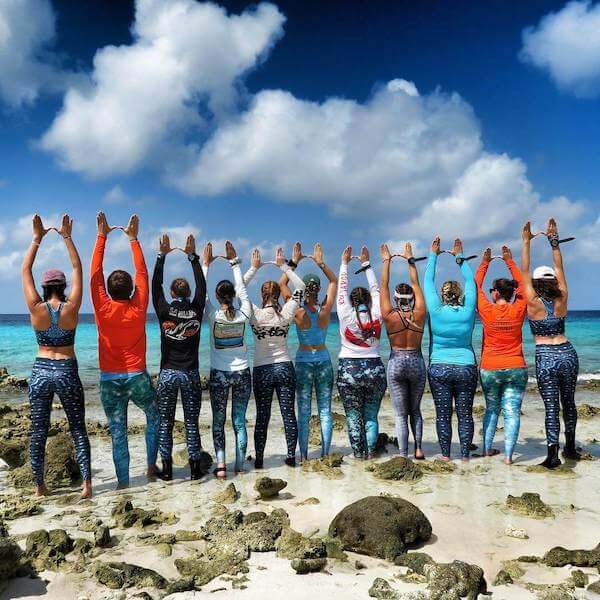
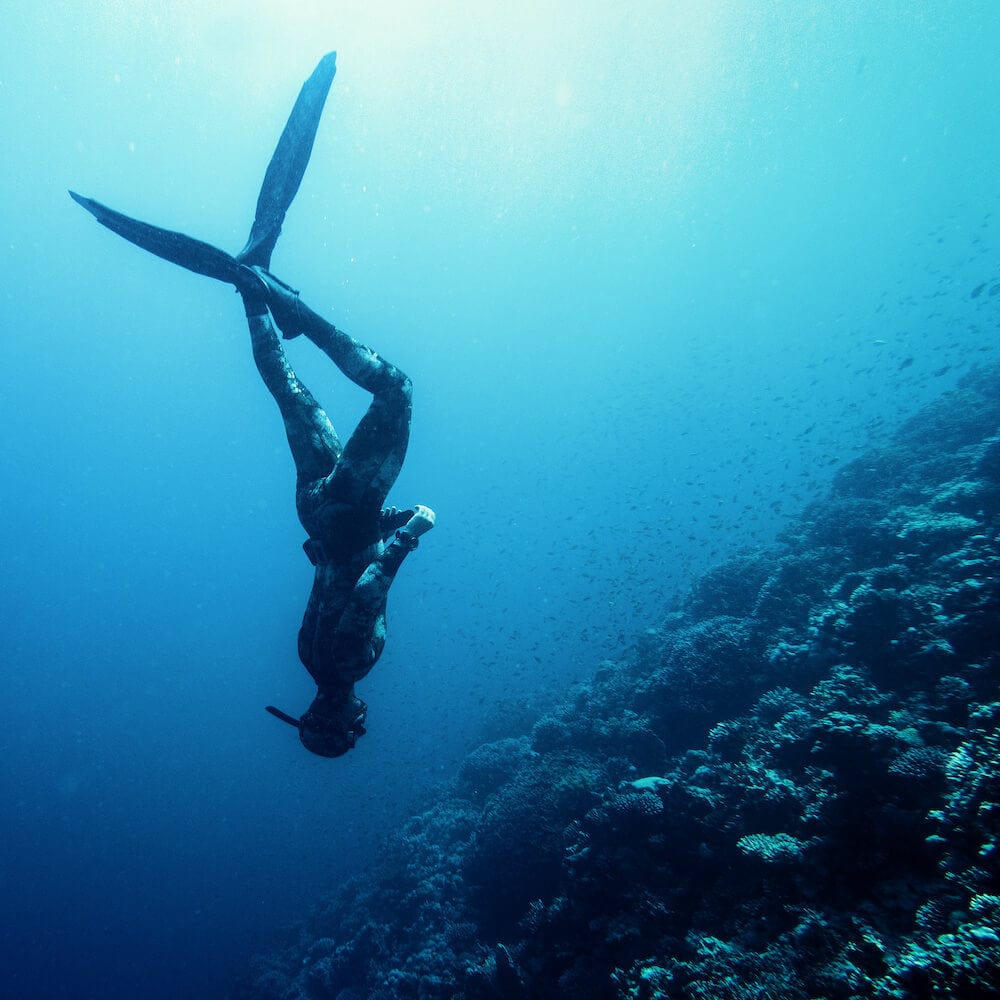
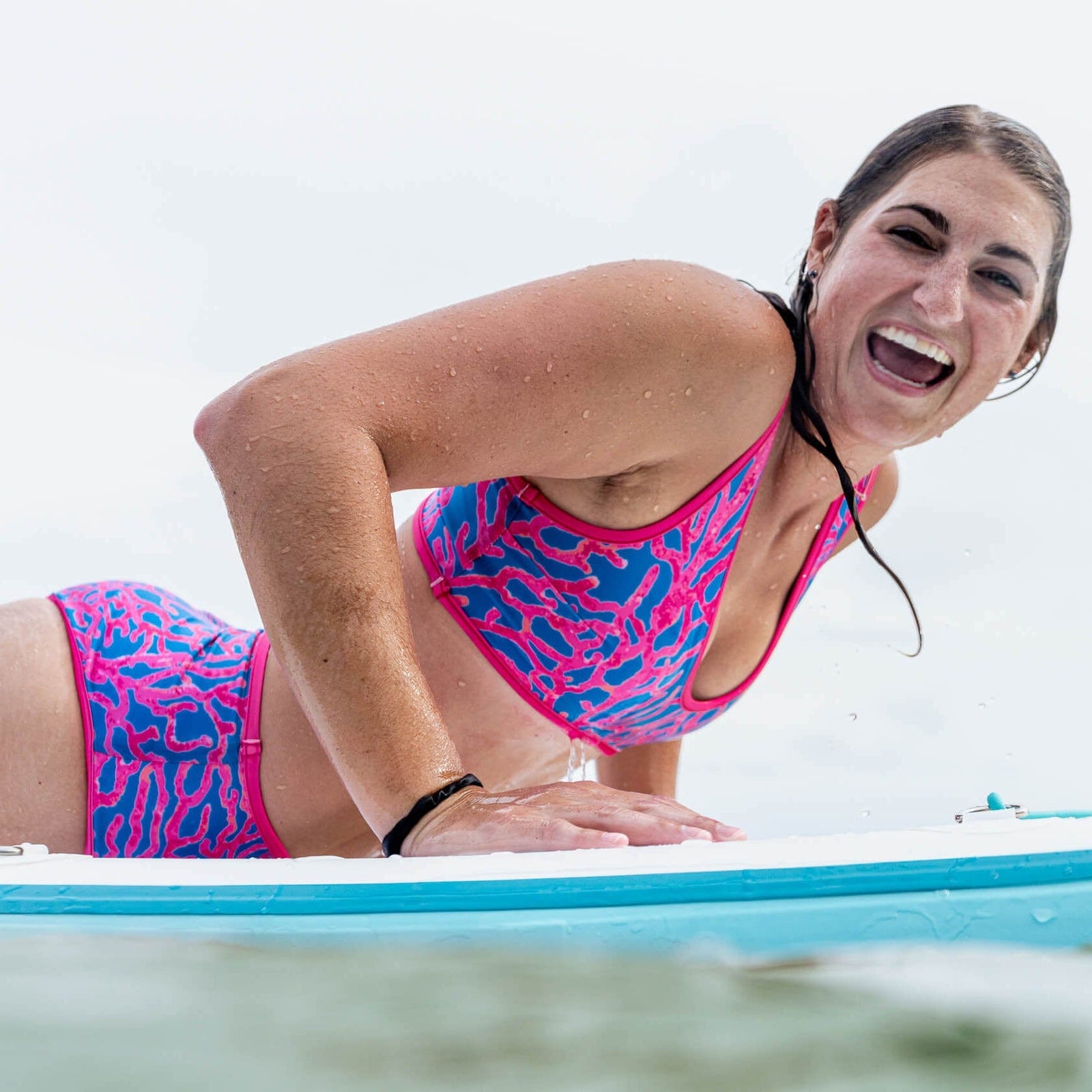
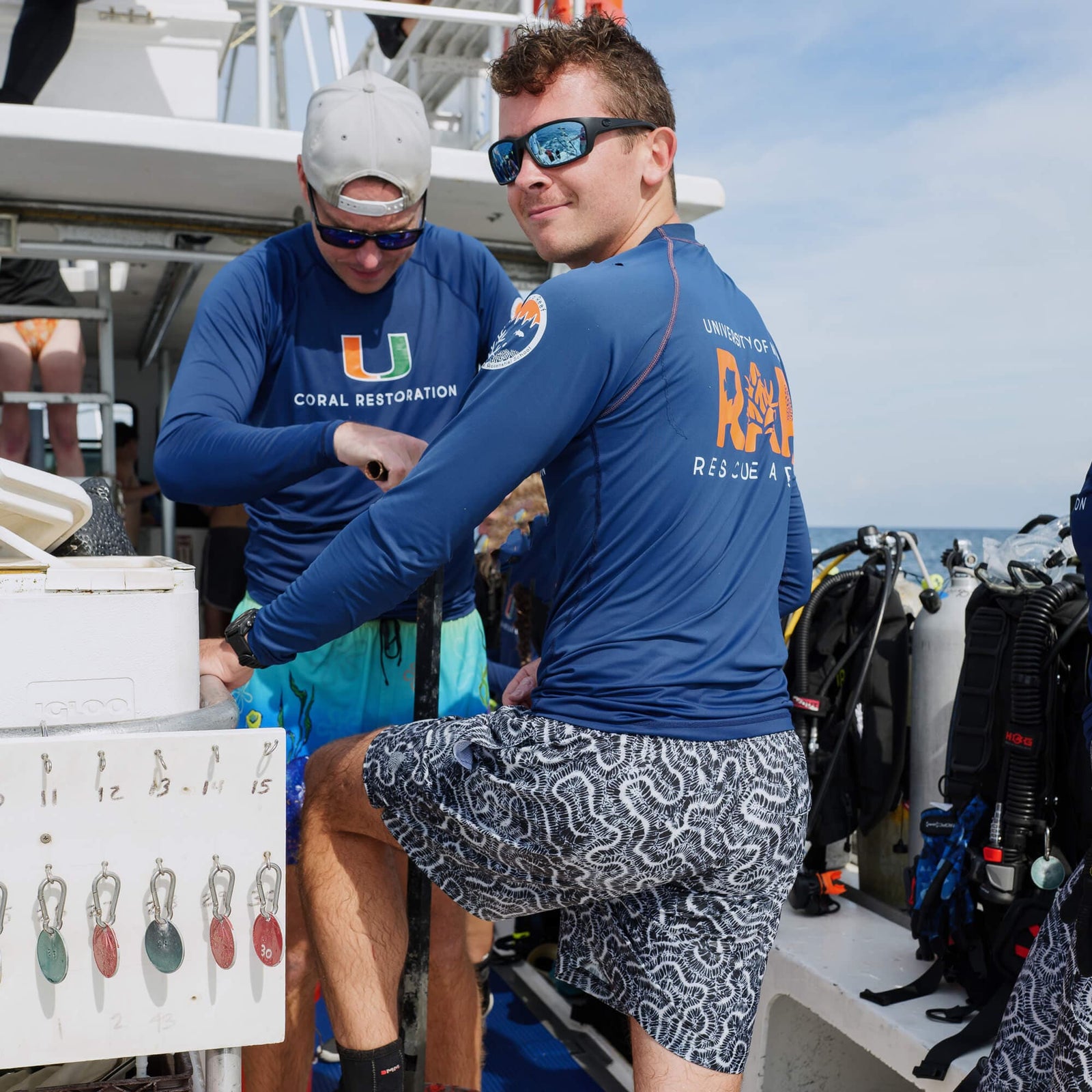
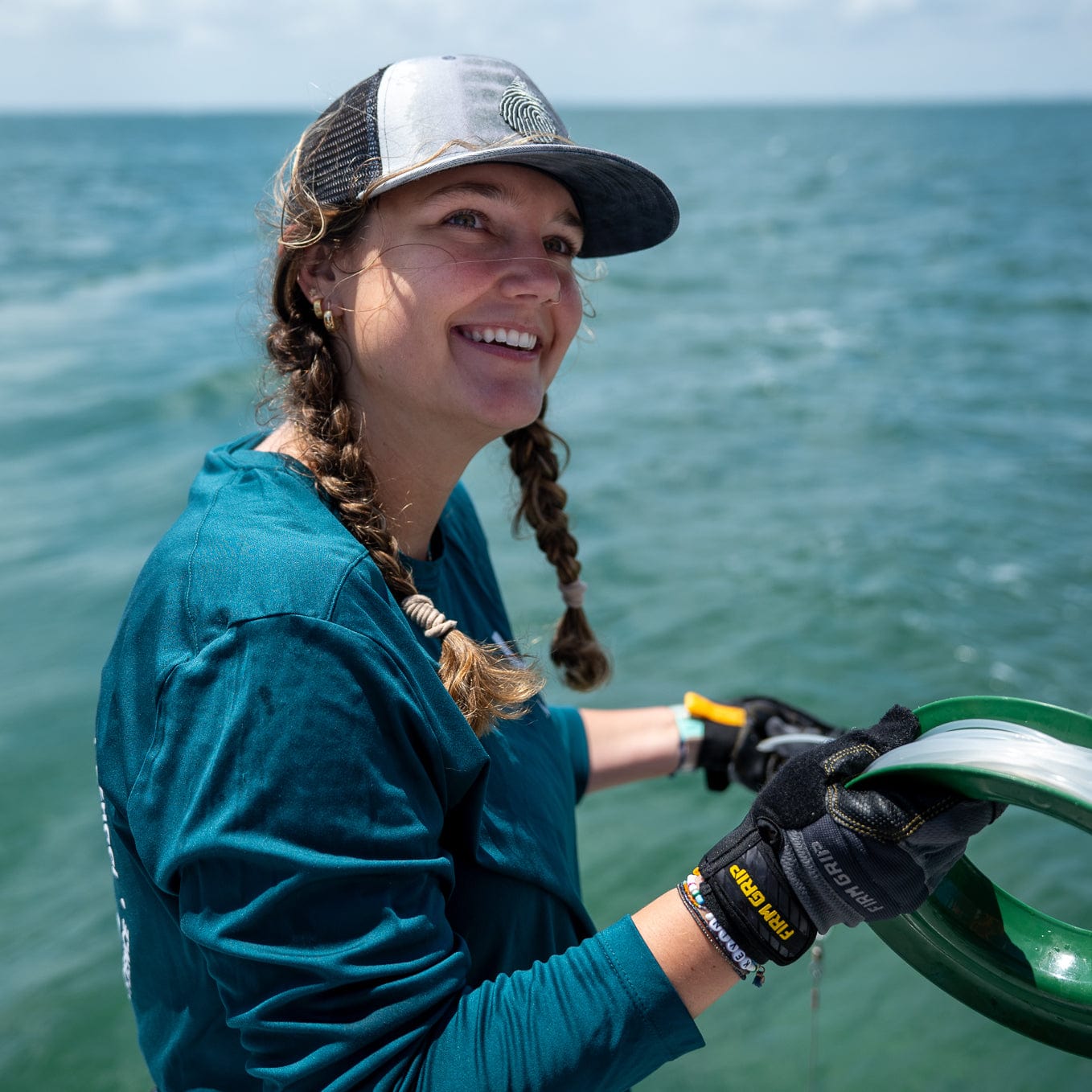

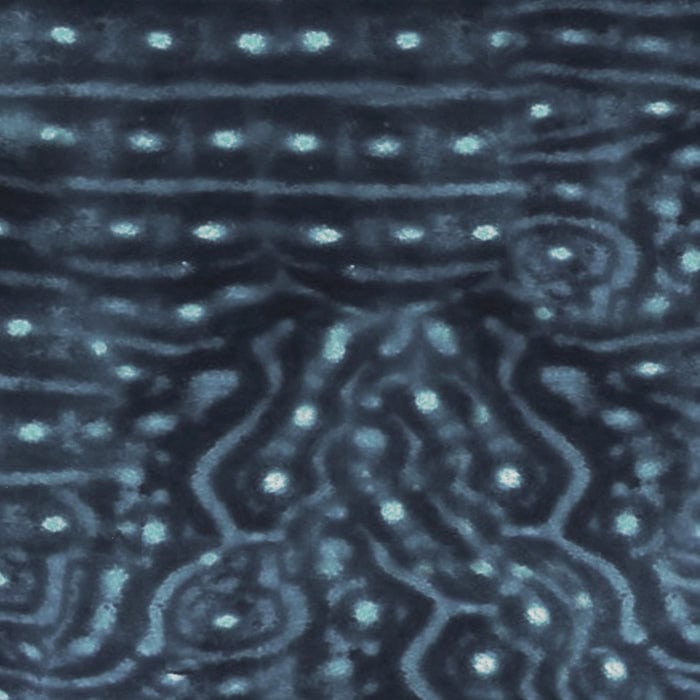

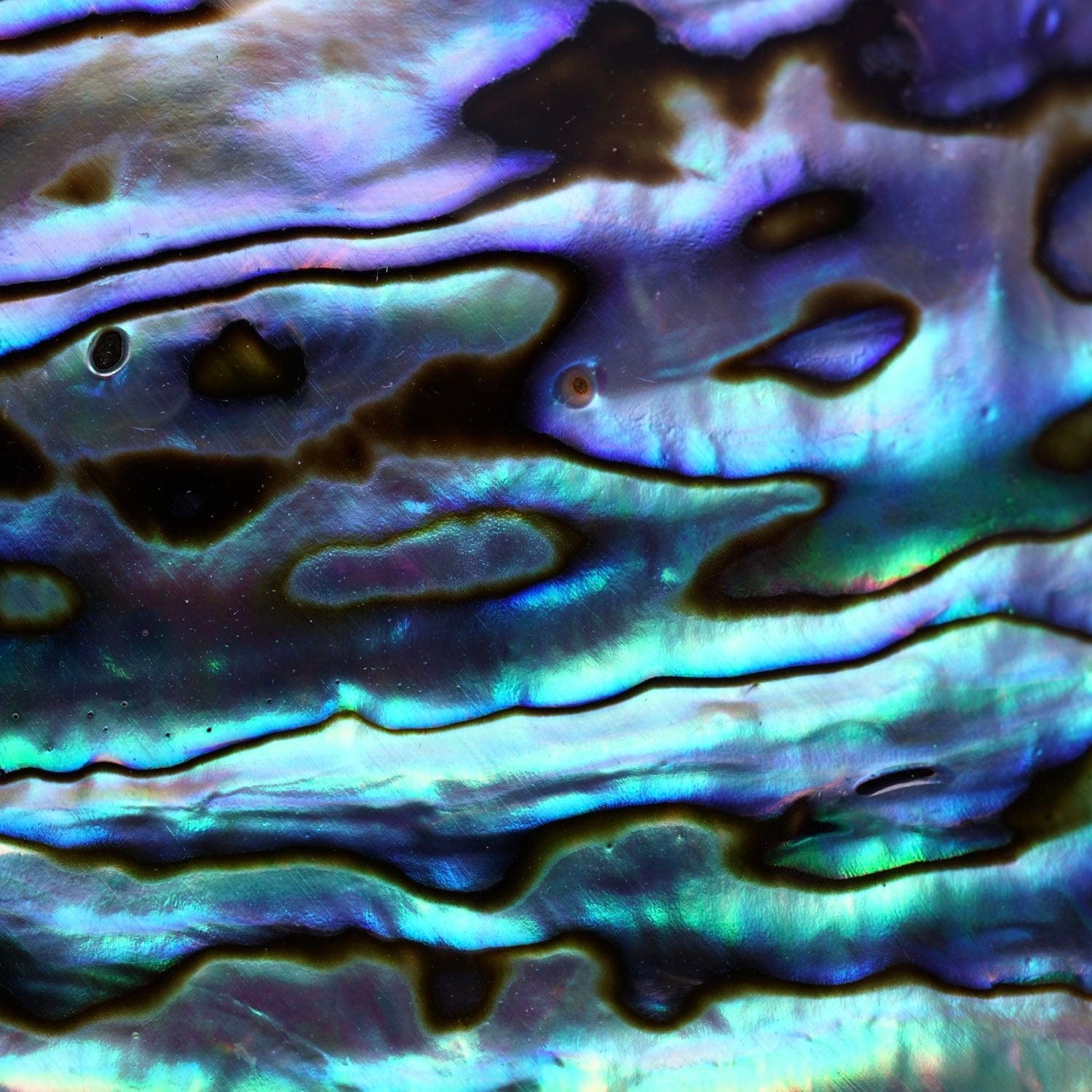
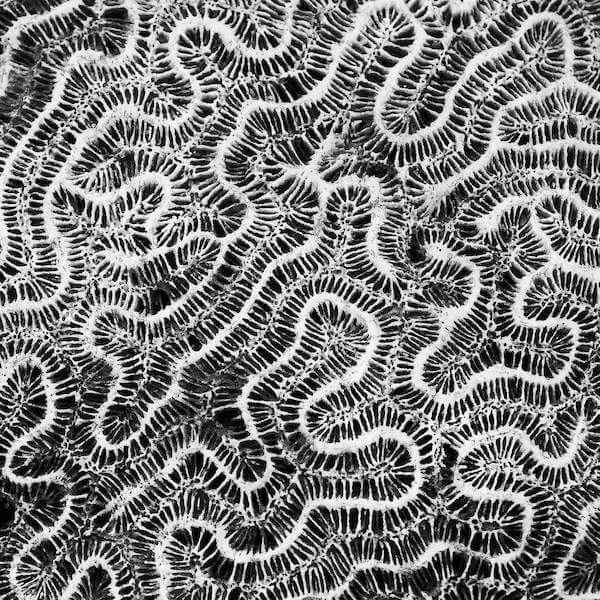
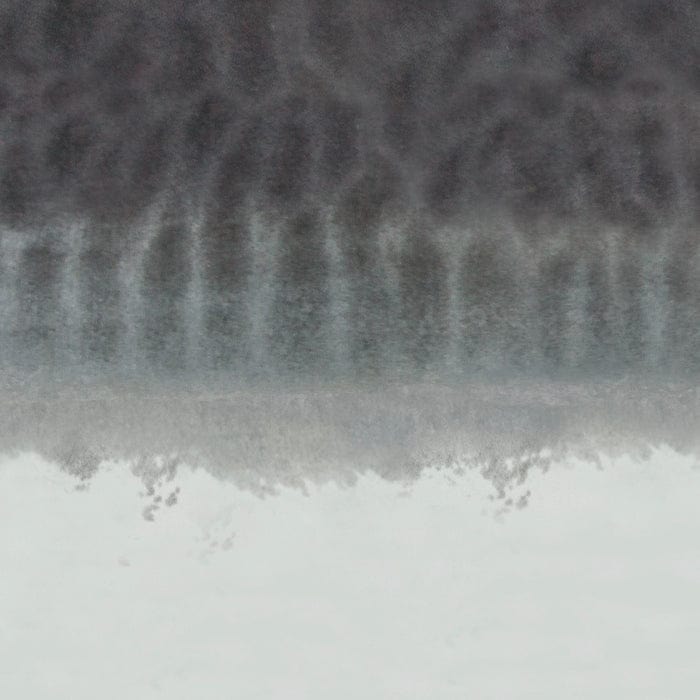
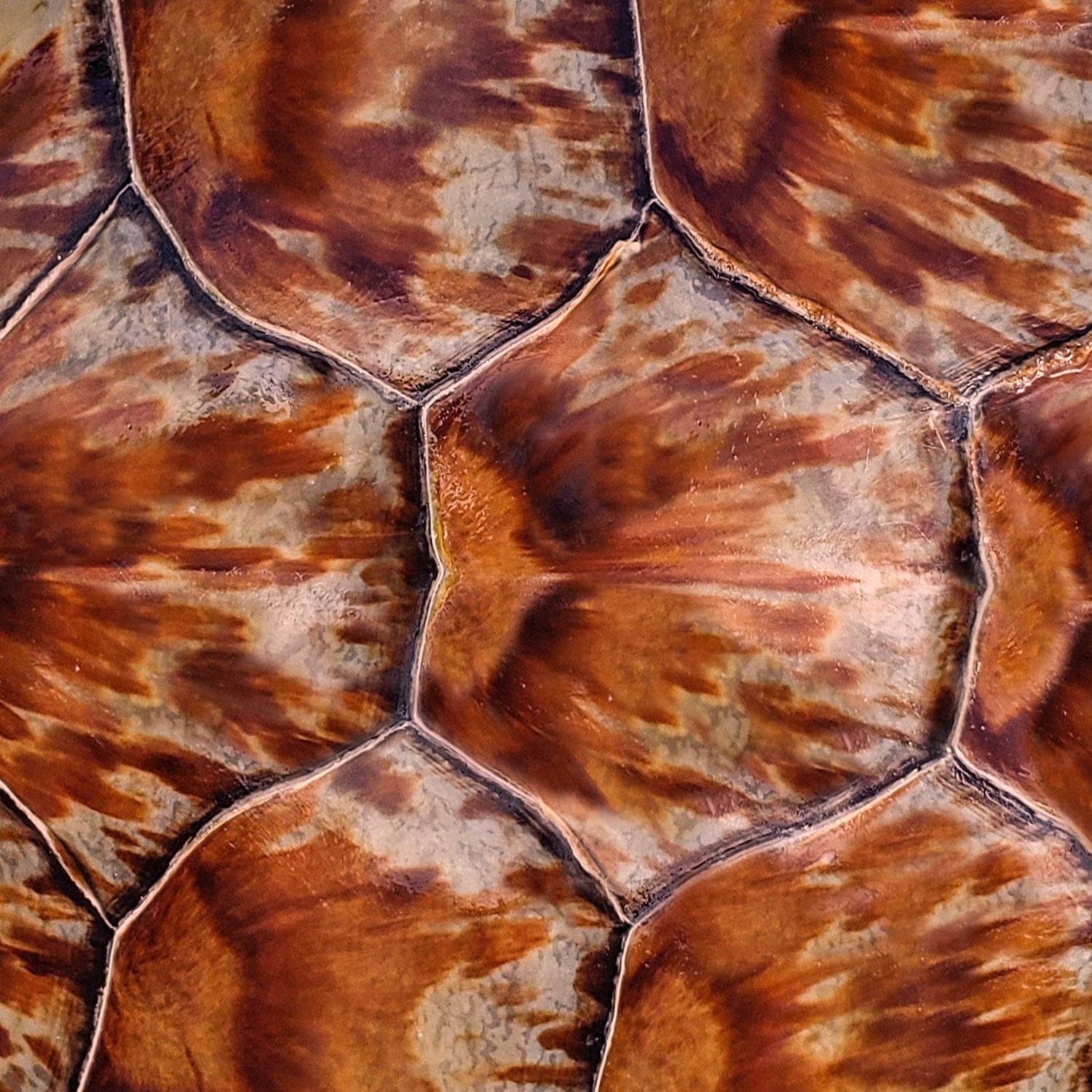
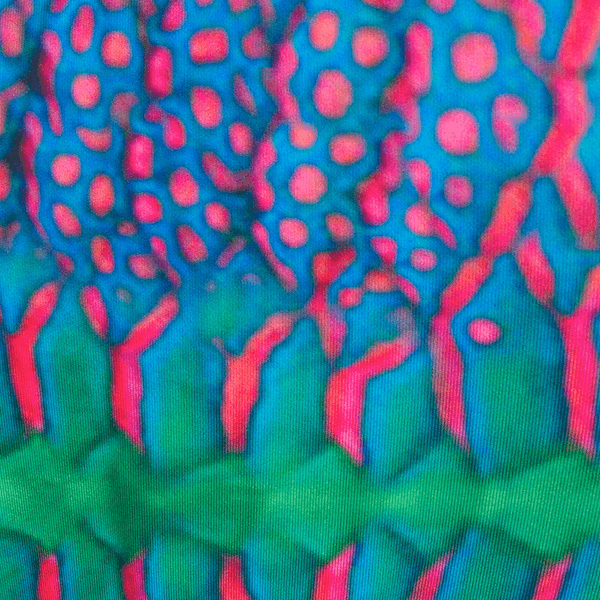
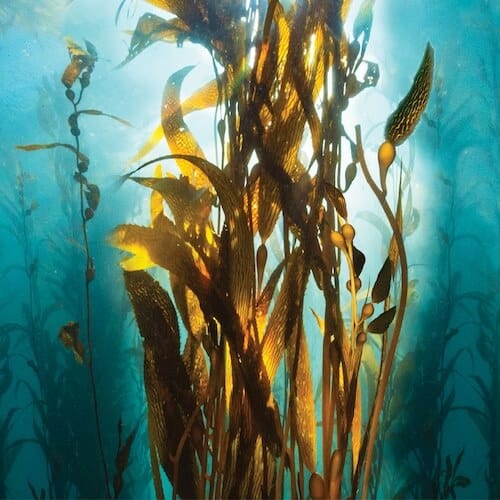
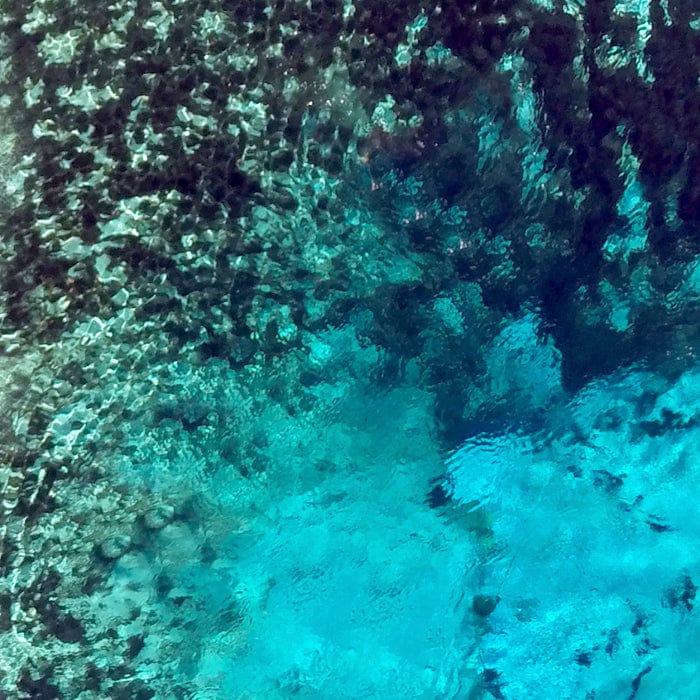
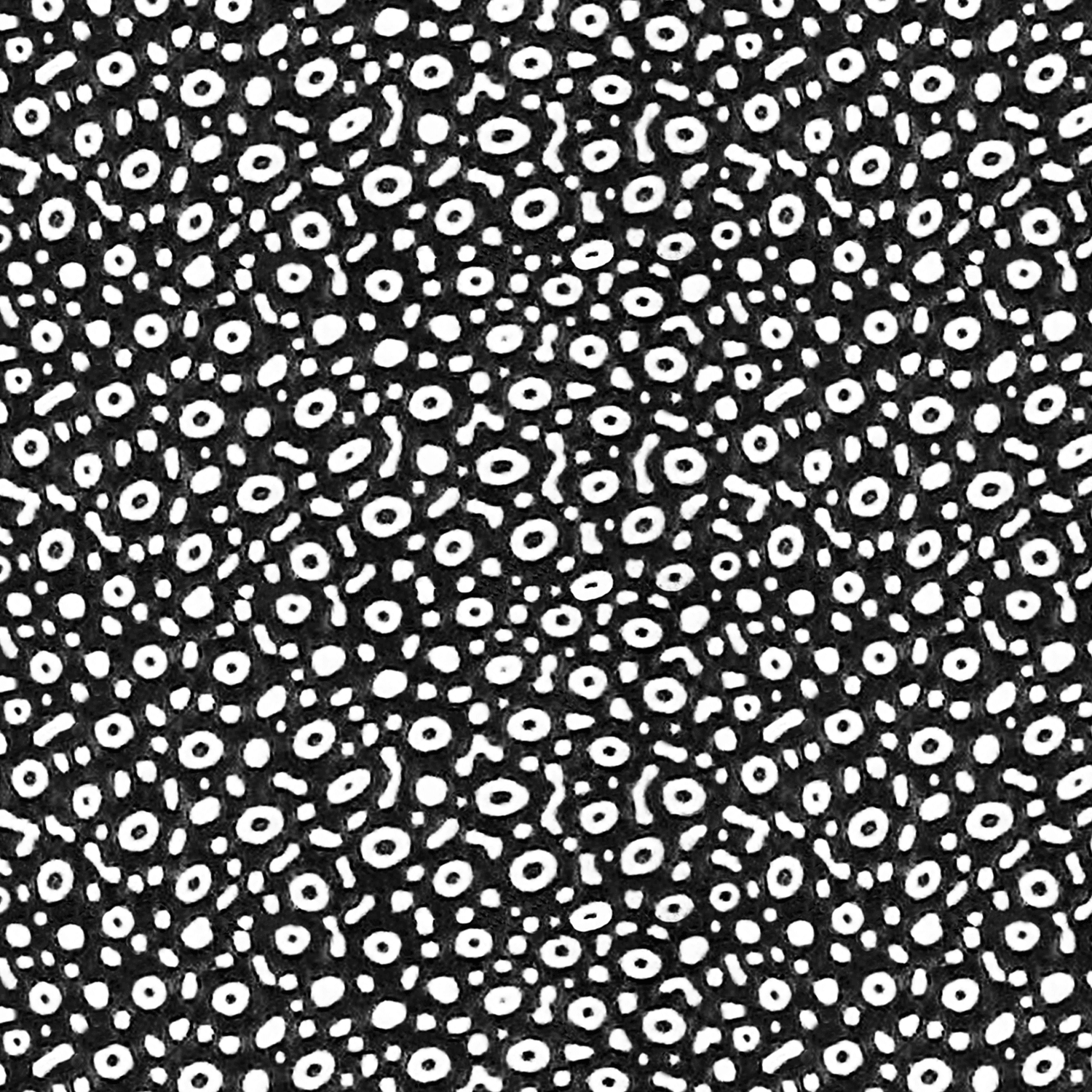
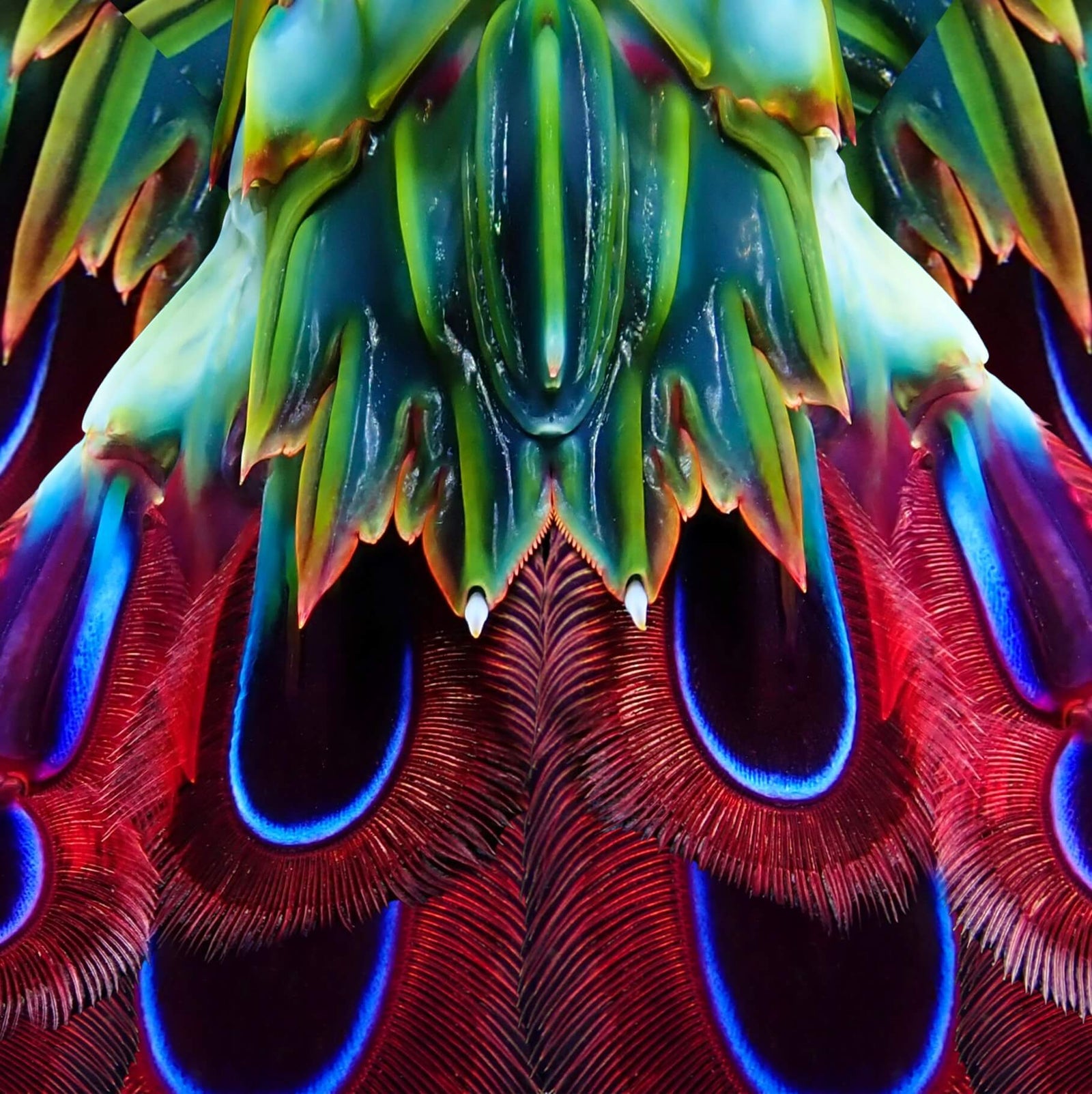
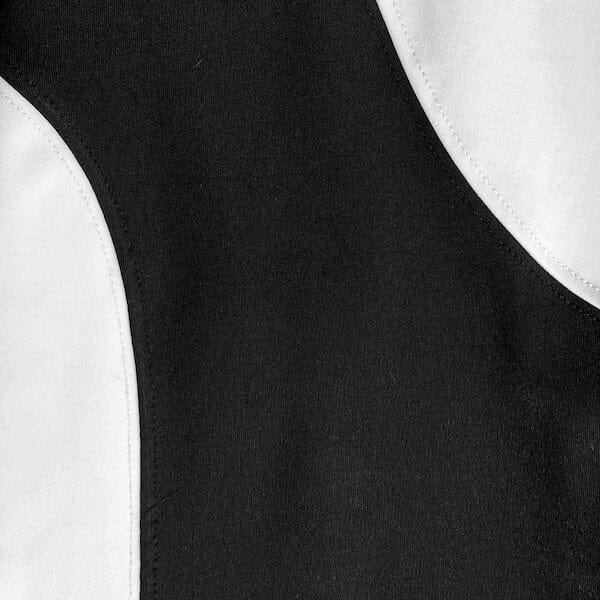
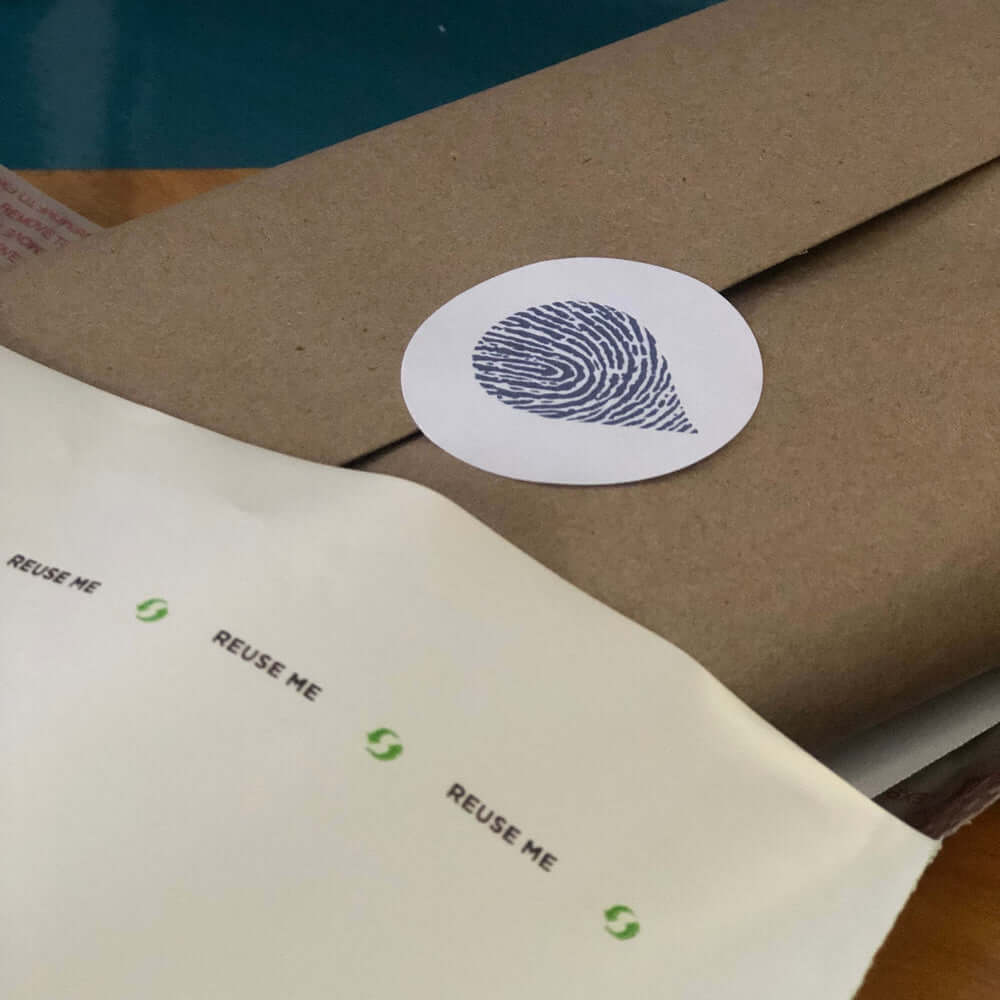
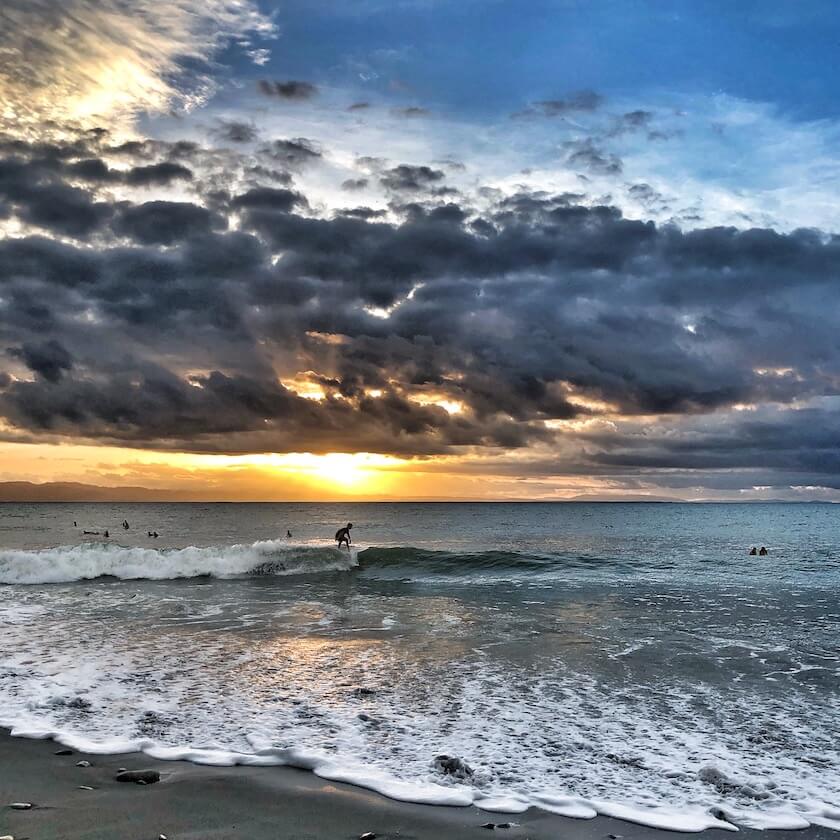
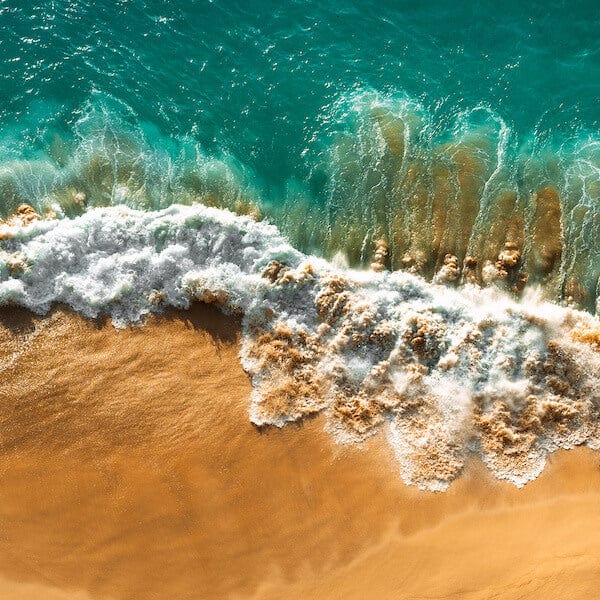
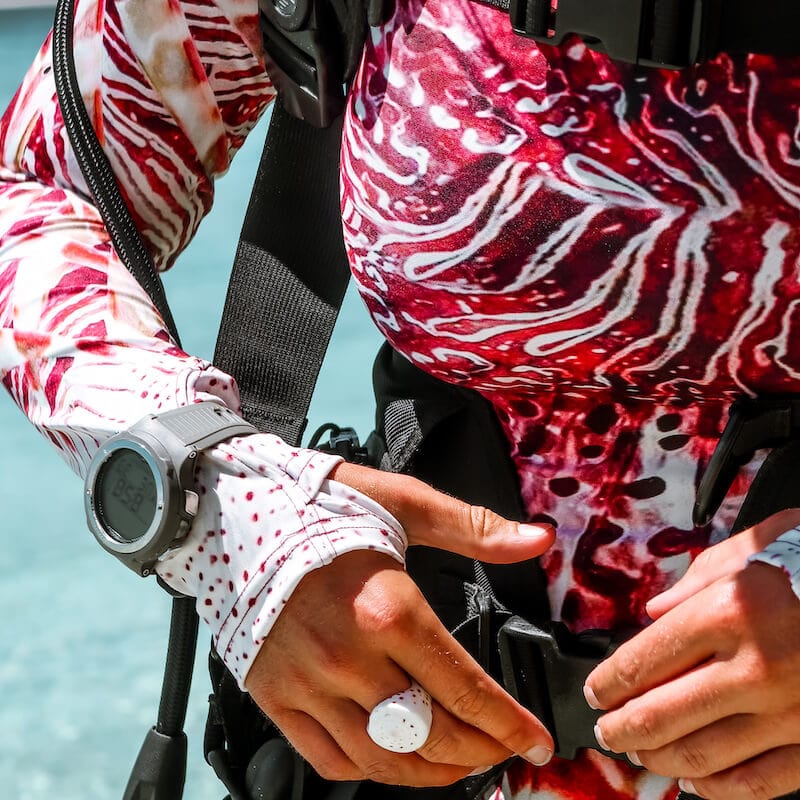
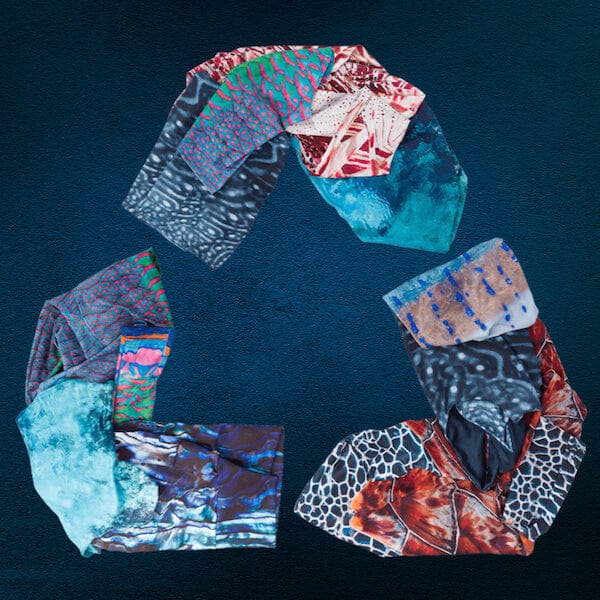
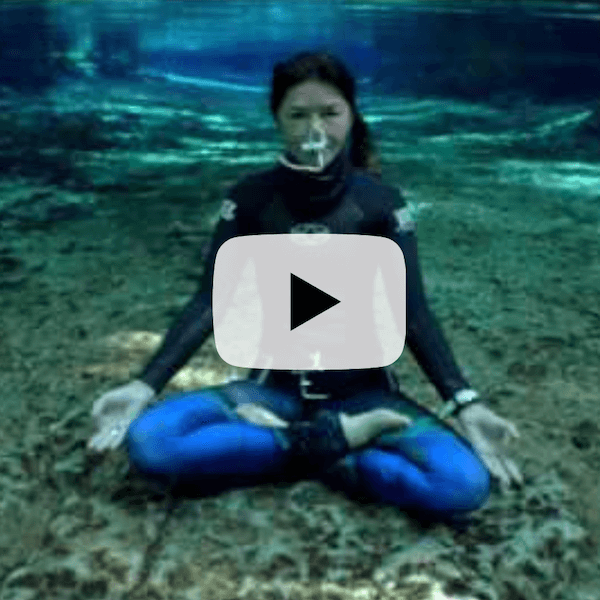
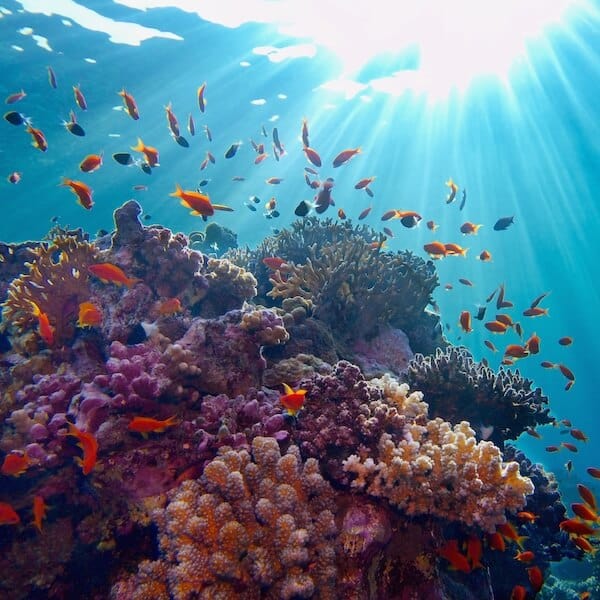
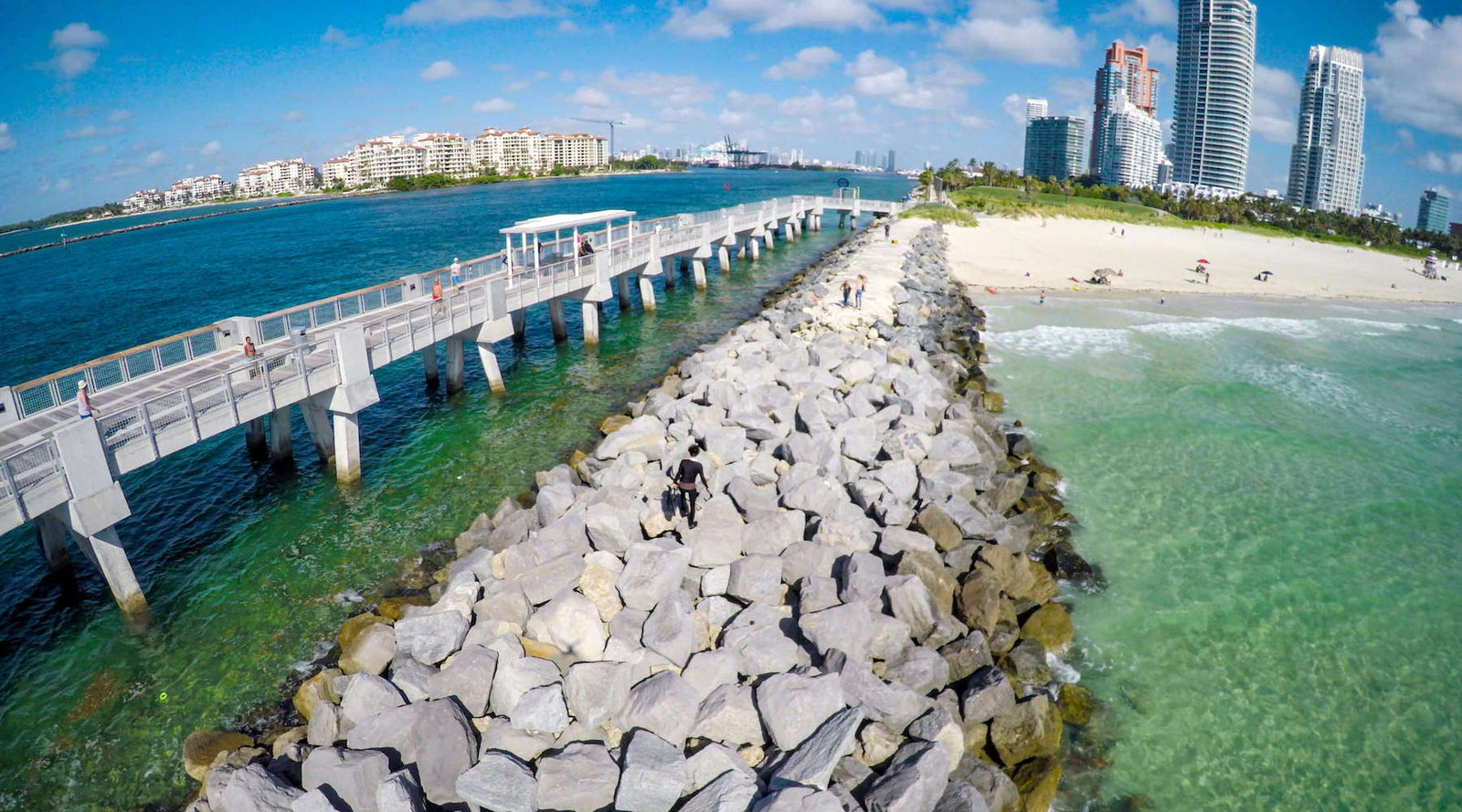
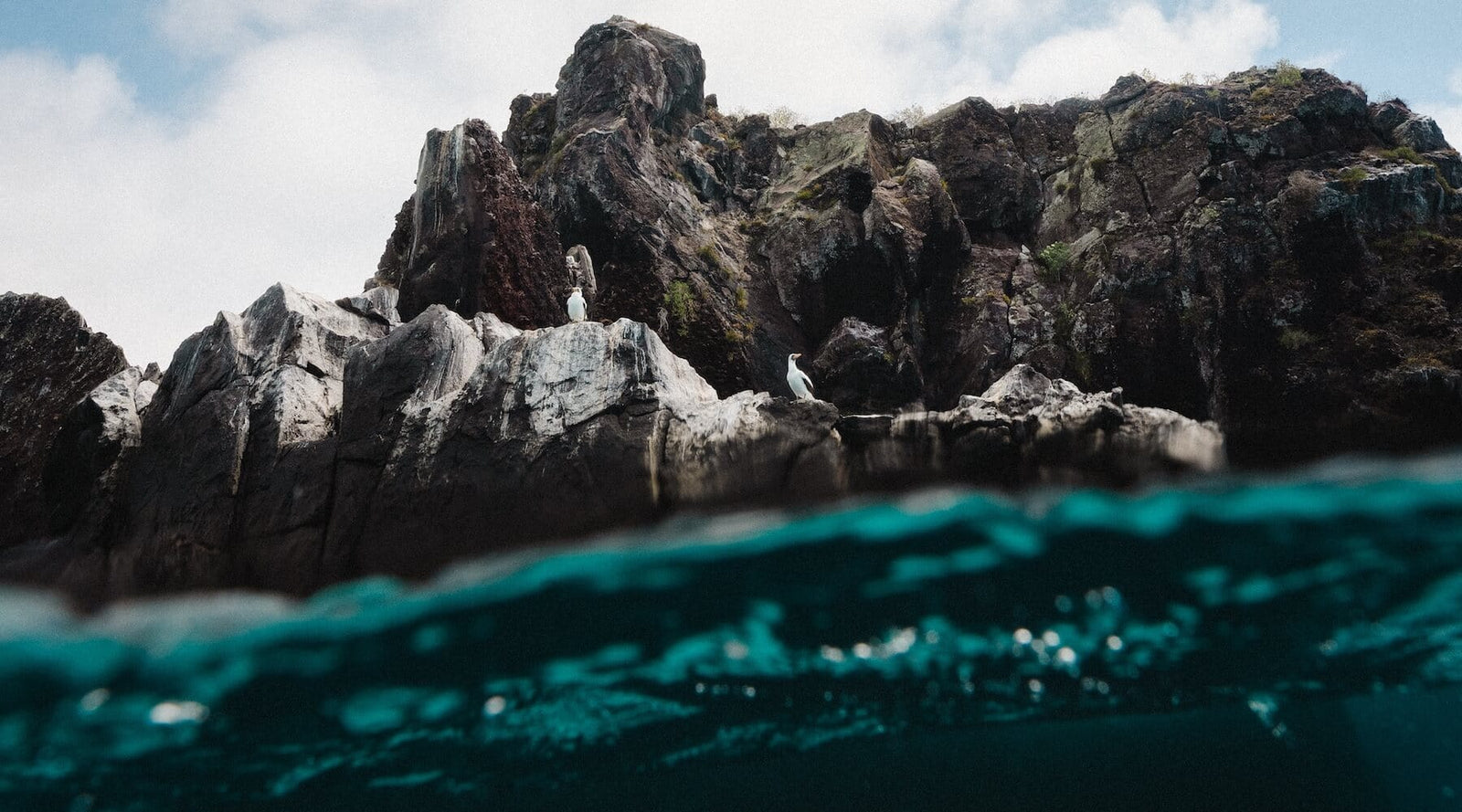
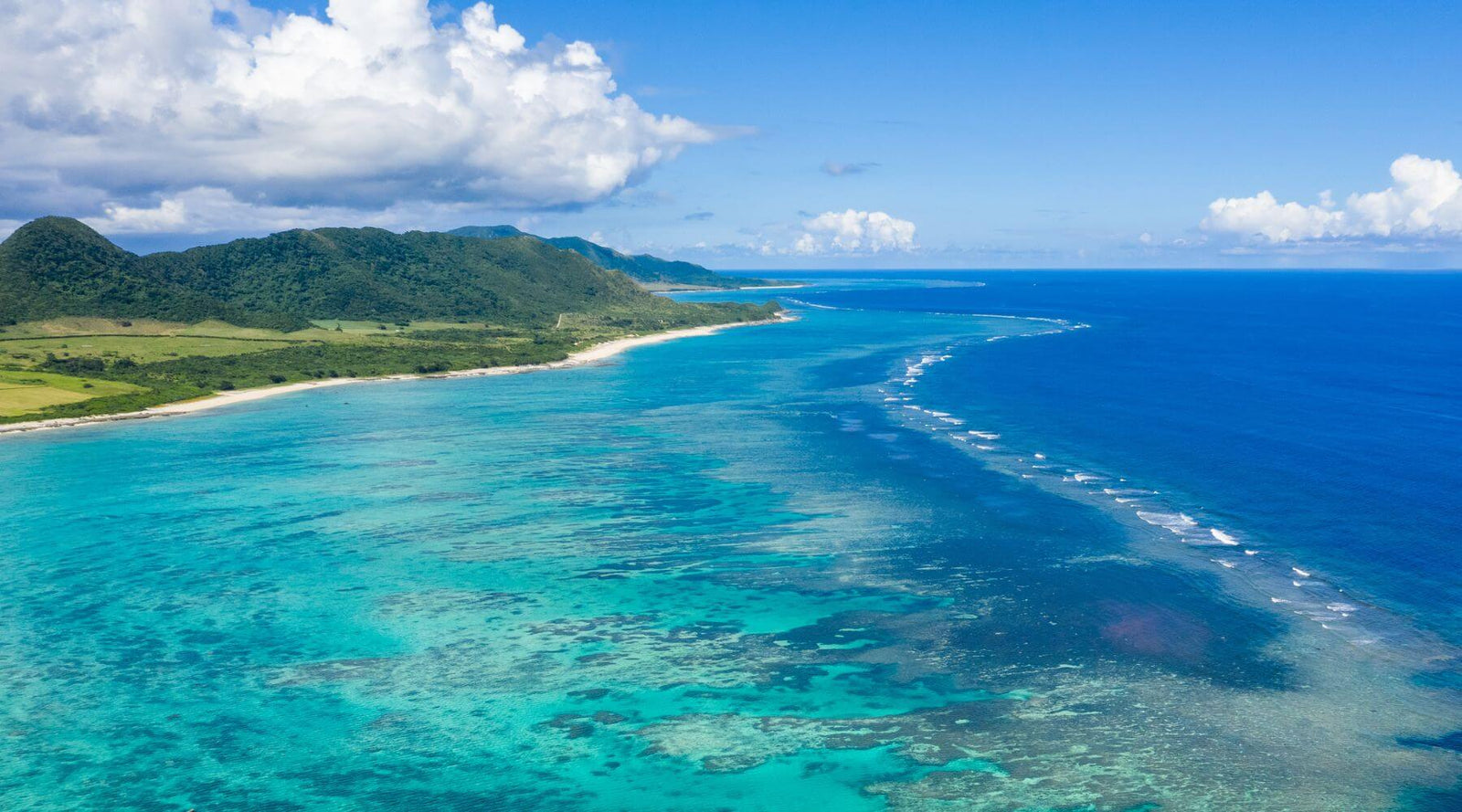
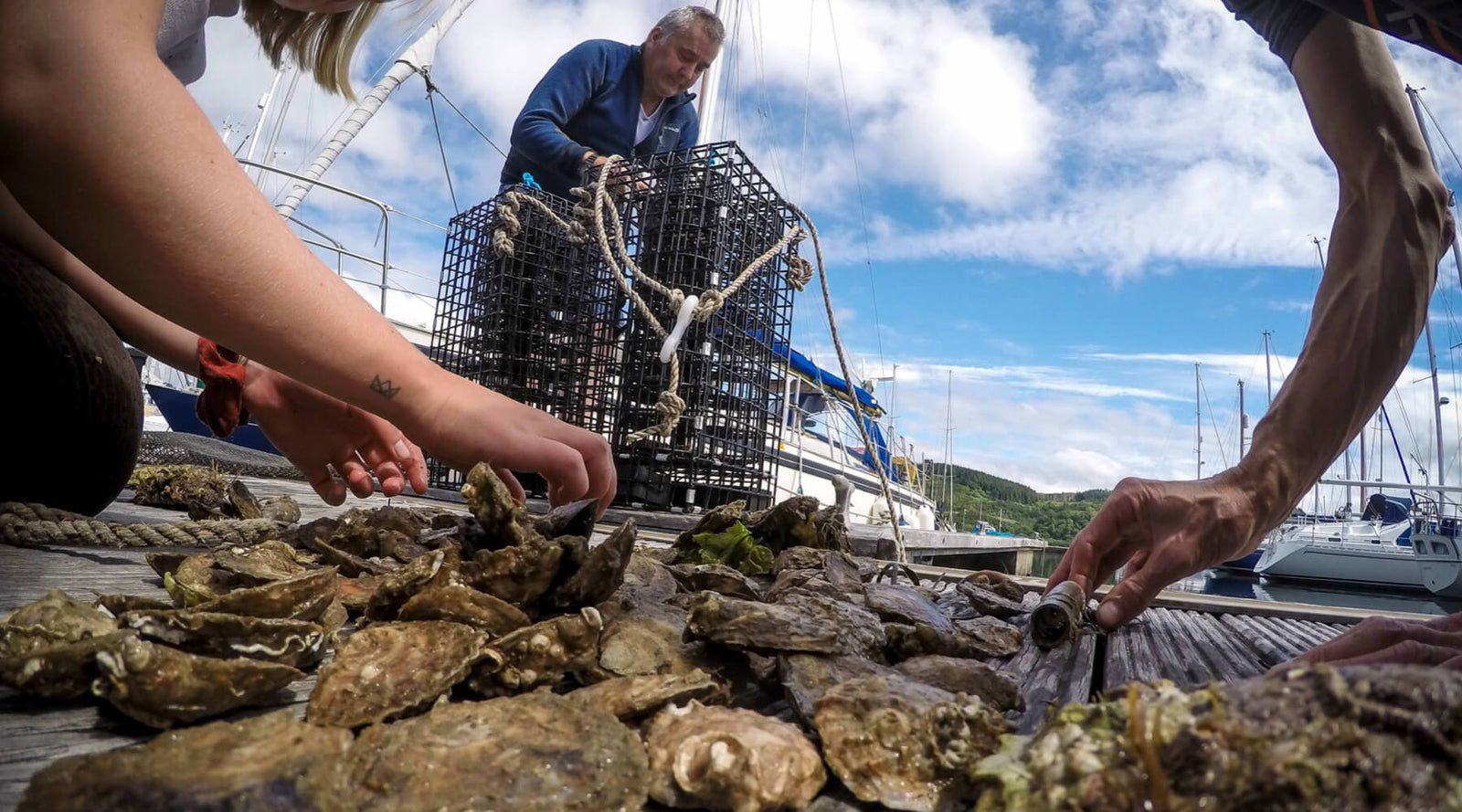
Henry Feddern
March 19, 2020
This is a wonderful idea. It will really bring enjoyment and information to millions of people, especially who will never be able to go underwater. My mask is off to you.